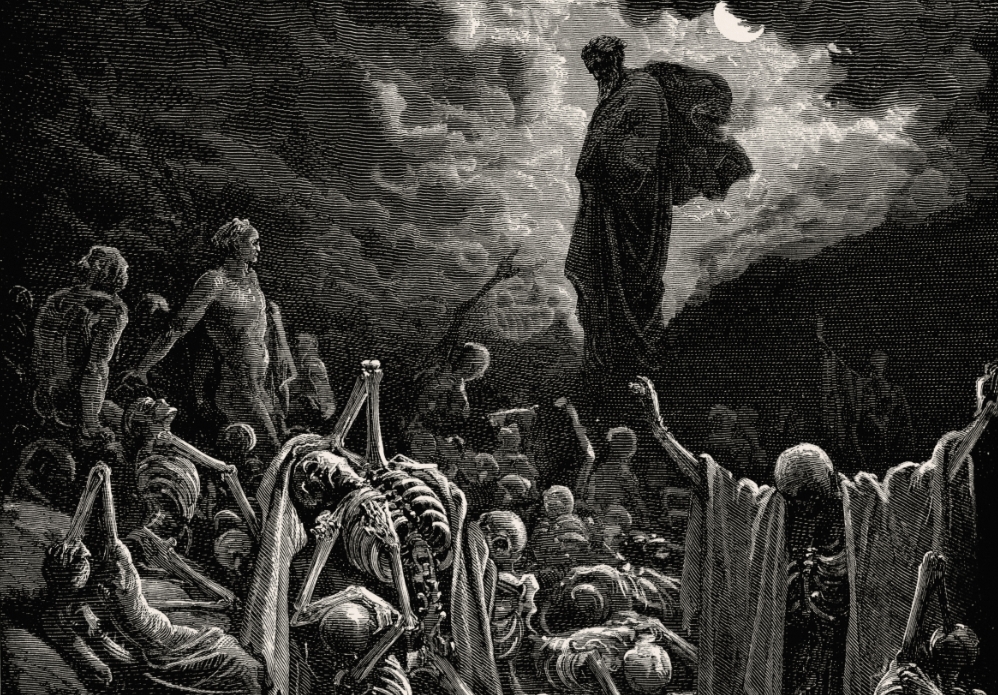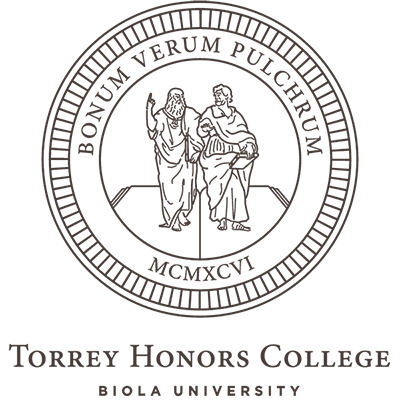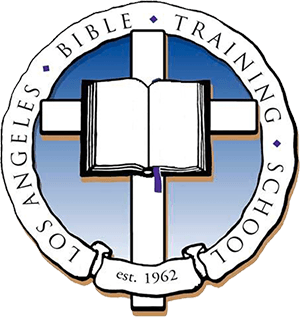A scene from The Canterbury Psalter (12th century)
Blog
Ezekiel in Ephesians

Some Sweeping Gestures
Both books take place under the sway of one dominant image made known by revelation: The Lord who is above all things, seated on the throne of divine authority, in the form of a human. Both books are somewhat oblique in their account of this dominant image: Ezekiel testifies that the vision is a likeness having an appearance of what looked like one on a throne, but is highly selective in his visual description. Paul hints at the image of the enthroned Christ (“in Christ in the heavenly places,” 1:3) in his opening remarks, before finally making his theme explicit in the prayer that his readers would be given supernatural knowledge of the power that placed Christ on that throne.
Both books share a rhetorical strategy of stunning the reader with an opening jolt of complex and comprehensive spiritual realities. Words fly, images coalesce, and we are presented with altogether too much to grasp. Both books hurry the reader on to further developments and expositions, often with verbal and thematic callbacks to the opening scene. We have to hold in mind that which exceeds our minds, as we rush forward to see all things in light of what we have already failed to comprehend fully. Yet both books insist on the cognitive aspect of their intended result: “then they shall know,” says Ezekiel dozens of times. “That you may comprehend the strength… and have the strength to comprehend,” prays Paul (1:17-19; 3:18).
Both authors have been shown a mystery and have been charged to make it known. Ezekiel’s vision has more forms than we would expect from a visionary theophany surrounding the utterly singular God: wheels and wings, metal and movement, fires and faces. Paul’s is polypoikilos, manifold (3:10), made up of many peoples and their unification. Ezekiel envisions the miraculous reunification of Israel and Judah under a greater David (37:15ff), while Paul thinks of Jew and Gentile being made one in Christ.
Beneath the one seated on the throne, Ezekiel sees wheels full of eyes, by which God’s chariot is wherever it needs to be, even Babylon. Ephesians has no wheels, but it has an economy of the fullness of times, in which all things are disposed wisely, properly placed by sovereign wisdom and good pleasure.
Ezekiel sees a wasteland of scattered bones; Paul sees a people dead in trespasses and sins. Both see these dead ones rising up and being reunified. Both see the resurrected host as a mighty army.
Ezekiel sees a temple that can be measured in detail, to which the exiled glory of the God of Israel will return; Paul sees the building up of a holy habitation for God. A divine-human marriage in utter disarray haunts Ezekiel’s ministry; Ephesians moves toward a vision of marriage in such perfect balance that it mirrors the mystery itself.
Some Details for Further Study
Ira Jolivet, “The Story Behind Ephesians,” Leaven, Vol. 14 [2006], Iss. 2, Art. 3
Ira Jolivet, “The Ethical Instructions in Ephesians as the Unwritten Statutes and Ordinances of God’s New Temple in Ezekiel,” Restoration Quarterly, 2006.
Robert H. Suh, “The Use of Ezekiel 37 in Ephesians 2” (JETS 50/4 (December 2007) 715–33)
About This Blog

Fred Sanders is a theologian who tried to specialize in the doctrine of the Trinity, but found that everything in Christian life and thought is connected to the triune God.


